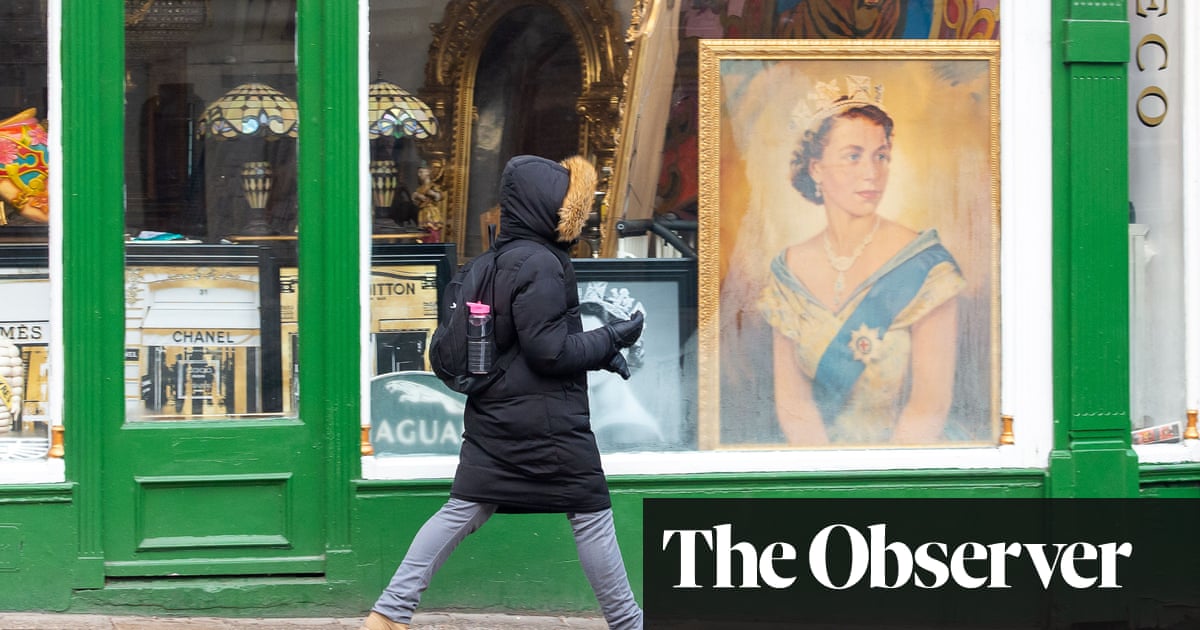
A glance back at 2022 will show that the economy held up better than some forecasters expected. The Bank of England was among many to expect the second half of last year to see the start of a recession that would stretch into 2023.
As it is, it now expects that, when they are published on Friday, official figures for gross domestic product (GDP) in the last three months of 2022 will show this was narrowly avoided.
In a heavily revised outlook published to accompany its decision to raise interest rates by half a percentage point to 4%, the Bank said the recession would instead begin this year and continue until spring 2024, indicating a shorter and shallower downturn than it was predicting in November.
City analysts mostly agree that the UK avoided a recession – defined as two consecutive quarters of contraction – at the end of last year. Investec said last week that a very mild month-on-month fall in output from November to December would still leave GDP 0.1% higher in the fourth quarter compared with the third, when GDP fell 0.3%.
Forecasts of GDP proved tricky during the pandemic. The stop-start nature of economic activity triggered dramatic falls and rises in output. Once the pandemic was out of the way, the Queen’s jubilee in June and her funeral three months later created more unexpected peaks and troughs.
To illustrate, December’s GDP number is likely to be saved from a deep fall by everyone having turned on their boilers and heaters in the cold weather, not a turnaround in manufacturing or some other good news.
As Investec economist Philip Shaw said in a note: “While strikes intensified during the month, weighing on output, we judge that the main driver will be that a cold month resulted in a boost to utility output.”
A look at the past three years, even the past decade, shows the trend for growth is modest and pay growth roughly flat. This means that by 2026, GDP will have just about recovered to its 2019 peak.
It is a grim picture, and one the Bank of England believes will stretch over the rest of the 2020s.
The Resolution Foundation says that while the Bank of England may have upgraded its economic outlook, with a shorter and shallower recession than it forecast last November, it also showed that the UK was “in the midst of the weakest 20-year period of growth since 1938”.
Torsten Bell, the thinktank’s chief executive, says this puts Britain on a path to “perma-stagnation” and at risk of “a prolonged, and far deeper, living standards downturn” than previously believed.
Bank of England governor Andrew Bailey justified raising interest rates for a 10th time, to 4%, in part because he said this scenario was relatively benign. He said the risks of inflation rebounding, and interest rates staying elevated, was high, with the risk of a return to soaring inflation being the highest in the monetary policy committee’s 25-year history.
Listening to Bailey was like tuning into a treatise by New York University economics professor Nouriel Roubini, who earned the nickname Dr Doom when he made a fuss about the calamitous betting by financial institutions before the 2008 financial crash.
Roubini has predicted that inflation will stay higher than all central banks expect, largely because the Ukraine war is just the first in a long line of global disputes that will harm trade and supply chains, and push up prices.
The Bank of England considers a return of high gas and commodity prices a threat, but what it fears the most is a dearth of people willing and able to work. And if there are not enough workers, employers will continue to bid up wages, which will translate into higher prices next year and the year after.
Yet even if neither comes to pass, the UK is still left with low investment, low wages growth and flat GDP. It’s not an appetising prospect.












